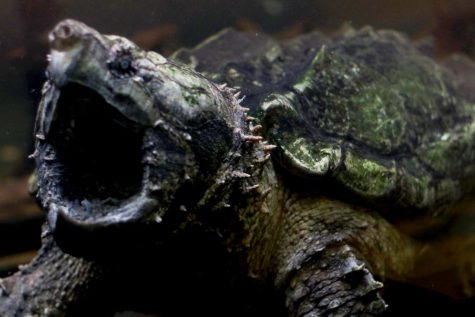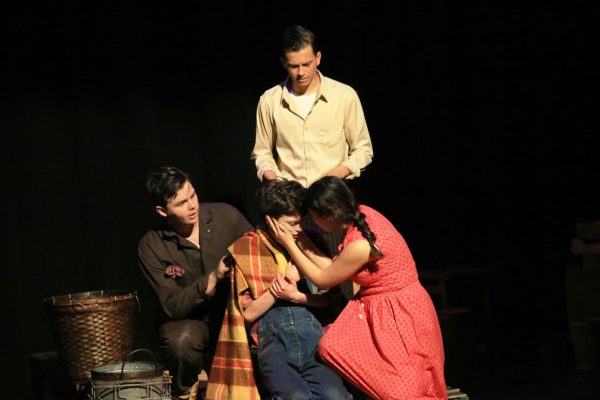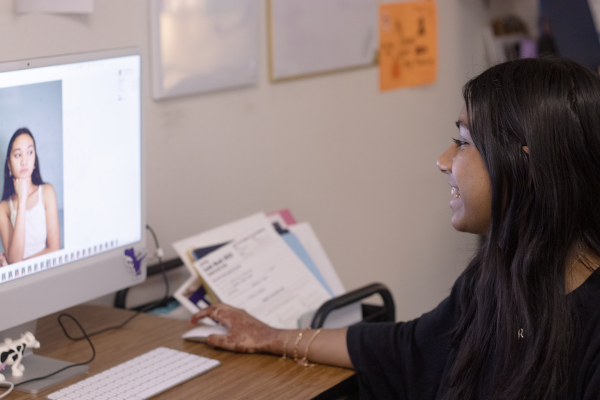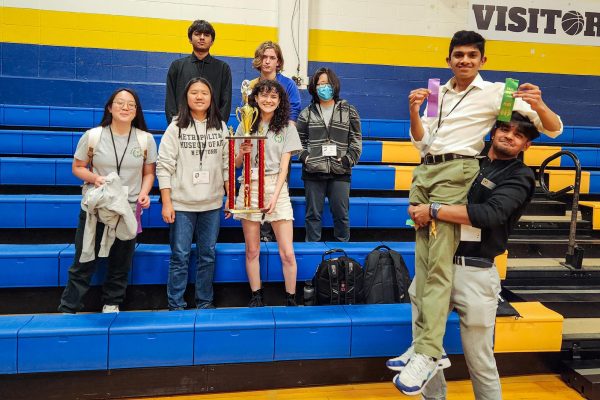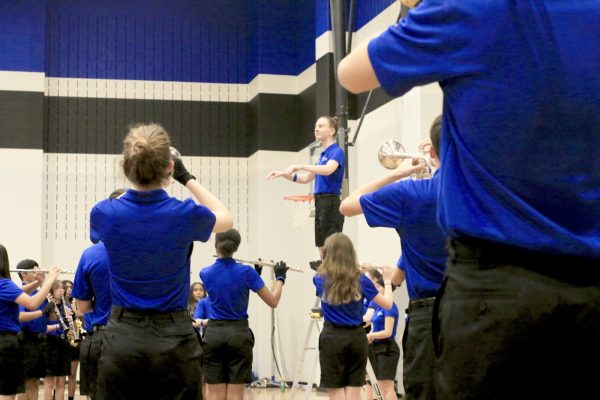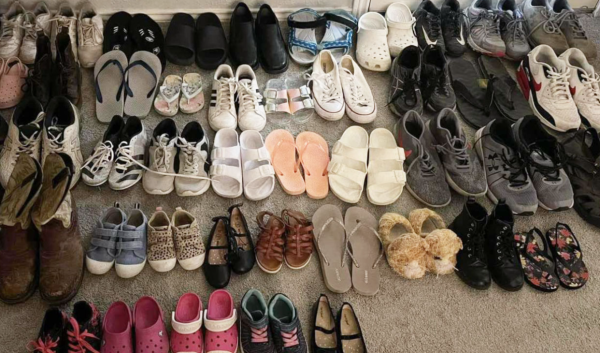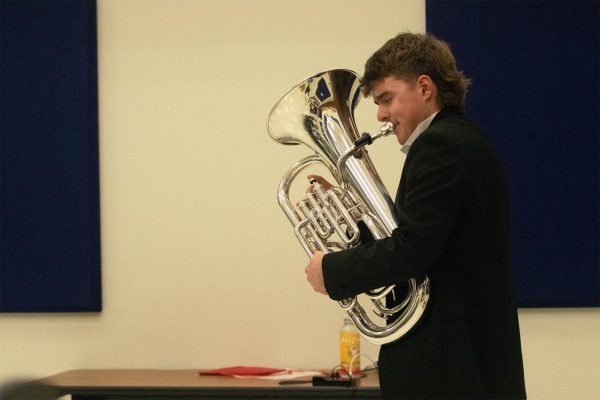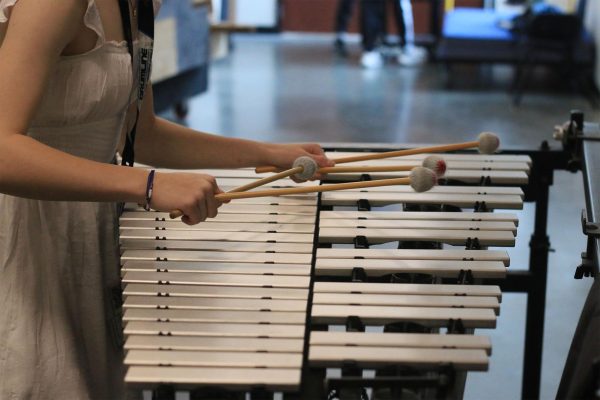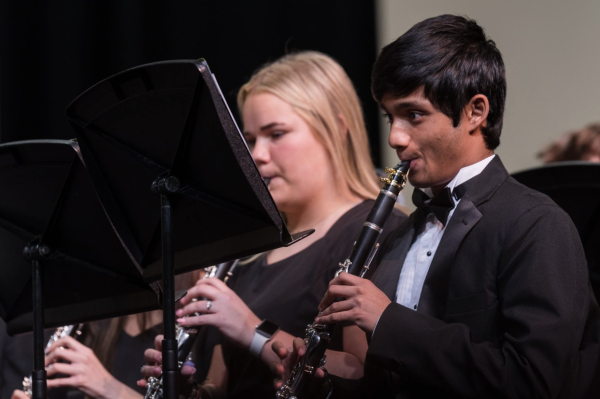National Zoo continues effort to conserve animals
It’s a gray, rainy day at the Smithsonian National Zoo, keeping visitors away and animals indoors. But, the cold drizzle doesn’t keep volunteers and employees, clad in red and gray, respectively, from the goal of conservation. Keepers and volunteers tend to their animals and educate students on field trips about them. Ponchos are handed out with the words, “we save species” printed on them.
The Smithsonian National Zoo is one of the oldest zoos in the USA. Founded in 1889, the zoo stays true to its mission statement of saving species while arranging engaging activities with animals and sharing knowledge about the conservation of animals. As part of its mission, the zoo sent a four year old panda, Bei Bei, to China on Nov. 19 to partake in a breeding program after he reaches maturity.
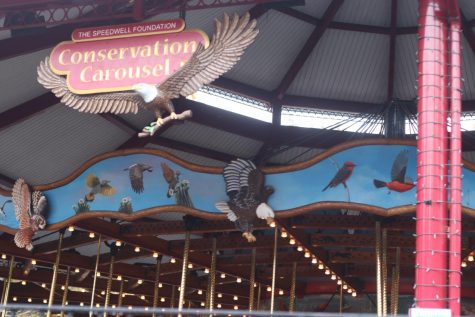
“It is important for places like the Smithsonian zoo to be here,” volunteer Yvonne Barton said. “Conservation is what they are doing here. They are saving species, slowly but surely, which of course is important. So when the young people have their grandchildren, you will still be able to see tigers and Asian Elephants in the wild. If it wasn’t for accredited zoos like the National Zoo, these animals would be in trouble.”
Through the Smithsonian Conservation of Biology Institute, the zoo has managed to breed species of endangered animals in order to repopulate them, such as the Scimitar-Horned Oryx.
“We do a lot of breeding in the National Zoo,” panda keeper Nicole MacCorkle said. “In the case of pandas, the ones that we are breeding are not going to be candidates for direct release into the wild, but a lot of the other species are and have been. For some species the challenge is that there is not a suitable habitat, so it doesn’t do them any good to be released.”
Reptile House volunteer Jimmy Meyer has been educating the youth about the importance of the environment starting with his own children. The reptile house of the zoo houses several endangered turtle species as well as the Cuban Crocodile.
“I am teaching my grand-kids the importance of the environment,” Meyers said. “We try to get involved as much as possible with local clean up, so we went around here we do Little Huntington Creek which runs right by our neighborhood. We go out there once or twice a year and try to clean it up. It’s amazing how in six months, it looks like it’s never been cleaned before with what people throw out there. I am trying to teach them to try to reuse and recycle and also, if you can, clean up the environment.”
MacCorkle said that it is important to note the difference between real sanctuaries and exploitative zoos.
“Any reputable zoo in the US is under the guidance of the American Zoo and Aquarium Association so we are subjected to routine inspections and certain guidelines we have to participate with to apart of that,” MacCorkle said. “It’s always important to make the distinction between the roadside places that are really not zoos that are looking at a conservation message or goal, instead only having the goal of making money and exploiting animals. A lot of the stuff that you pay for at the National Zoo, much of the money that is going to not just the pandas’ conservation but also many other animals.”
Barton said it is important to be educated about animal conservation, and to be conscious of the effect of certain products on the environment.
“Don’t do anything that would ever harm an animal. Be very careful with plastic, if you don’t mind, let’s just not use it. Go out and teach the world how important it is that these animals have a chance at survival.”



